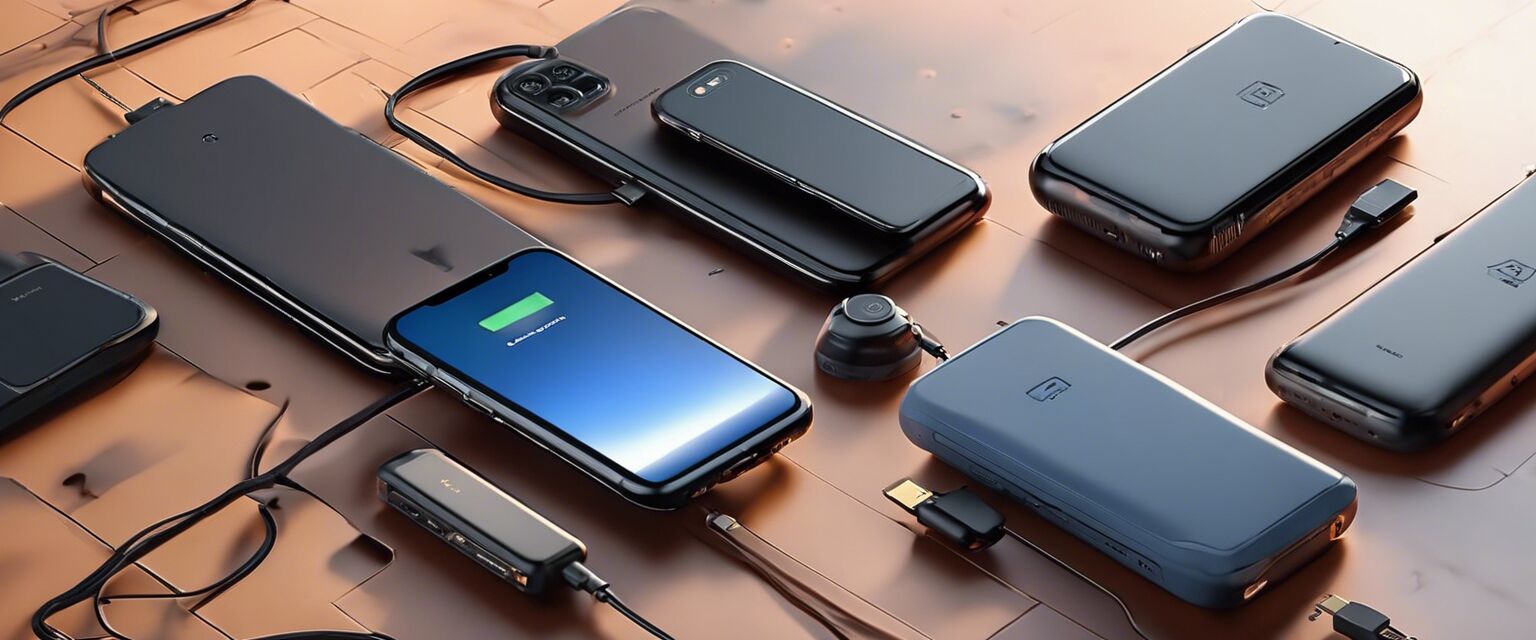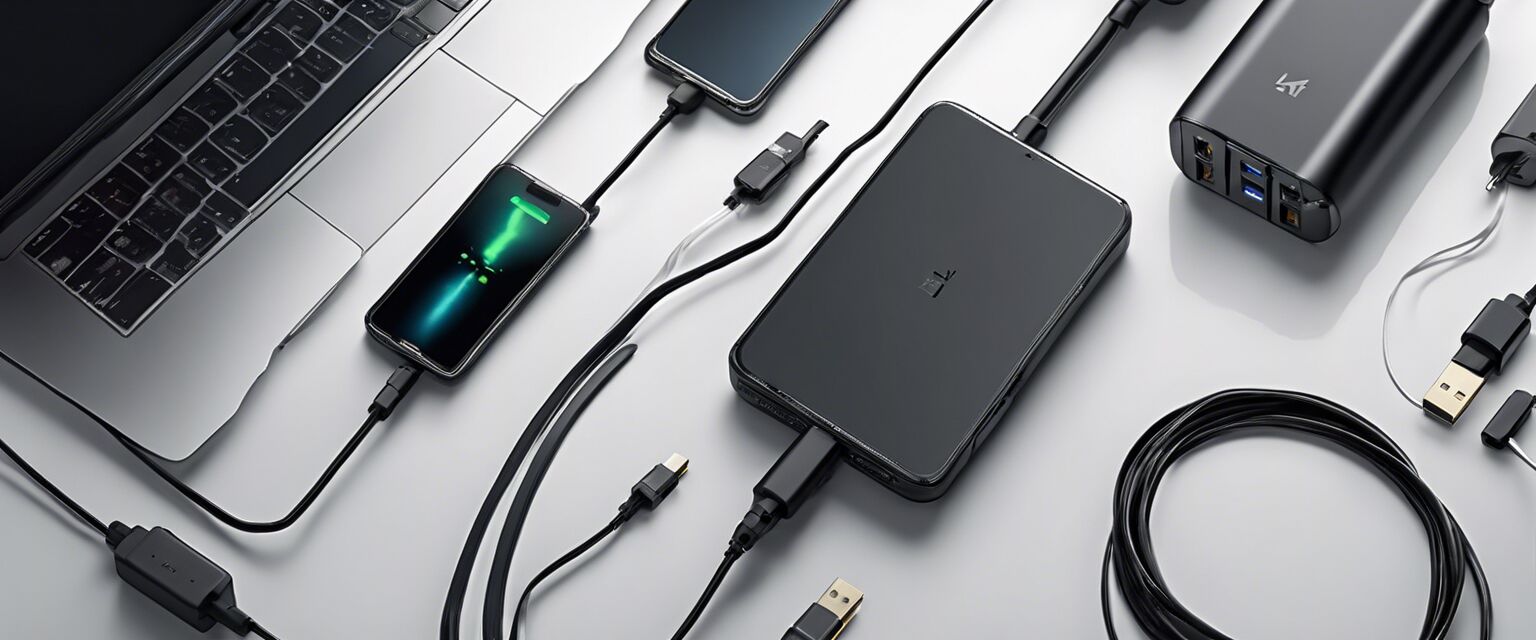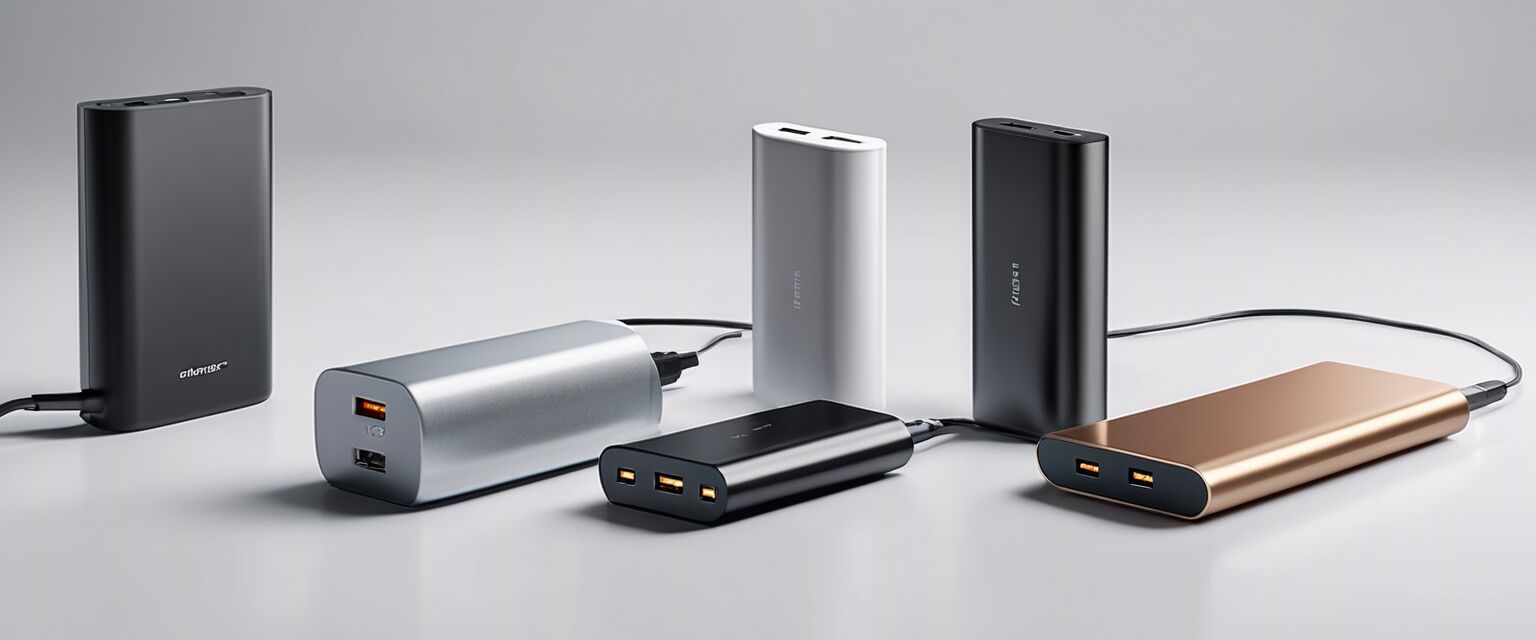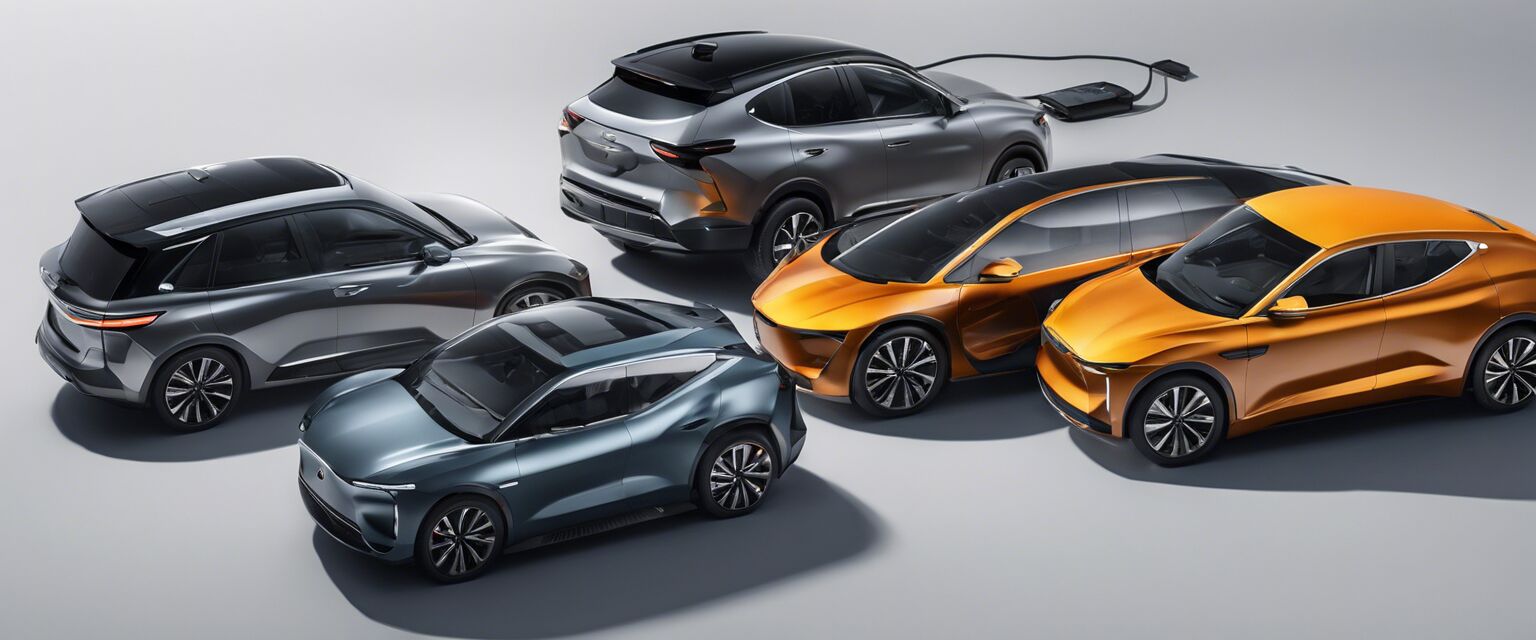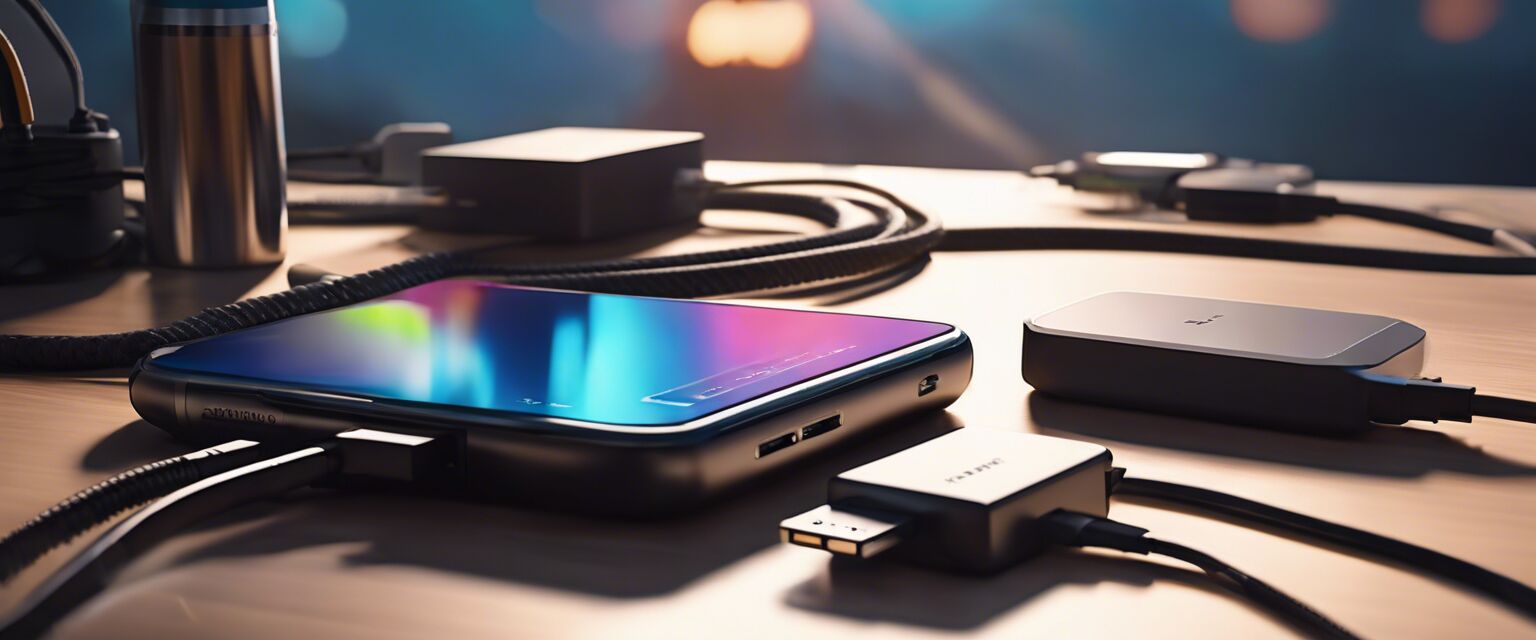
Charging Technologies and Trends
- Overview of the latest advancements in charging technologies.
- Different types of charging solutions available to consumers.
- Insights into the future of charging technologies and user preferences.
- Compatibility and efficiency factors in selecting a charging device.
- Understanding the impact of charging standards and innovations.
As we navigate through an increasingly digital world, the importance of efficient charging solutions cannot be overstated. The demand for faster and more innovative charging technologies continues to surge, driven by the needs of modern devices and consumers. In this article, we will delve into the various charging technologies currently available, emerging trends, and what might lie ahead.
Current Charging Solutions
There is an array of charging solutions available today, each catering to different devices and user requirements. Below is a comprehensive overview of the major types of charging technologies:
| Charging Type | Description | Pros | Cons |
|---|---|---|---|
| Wired Charging | Using a cable to connect a device to a power source. |
|
|
| Wireless Charging | Charging devices through electromagnetic induction. |
|
|
| Portable Chargers | Compact battery packs that can charge devices on the go. |
|
|
| Rapid Charging | Fast charging technology that delivers higher power levels. |
|
|
| Solar Chargers | Utilizes solar panels to convert sunlight into electricity for charging. |
|
|
Emerging Trends in Charging Technology
As technology evolves, so do the trends shaping the future of charging solutions. Here are some noteworthy trends to keep an eye on:
- Integration with Smart Devices: Devices are becoming smarter, requiring more sophisticated charging solutions that integrate seamlessly with home automation systems.
- Increased Adoption of USB-C: The USB-C connector is rapidly becoming the standard for data transfer and charging across various devices, simplifying user experience.
- Enhanced Safety Features: Innovations in safety technology help prevent overheating and overcharging, ensuring user devices remain safe while charging.
- Sustainable Practices: There is a growing emphasis on eco-friendly materials and practices within the charging industry, aligning with global sustainability goals.
Recent Innovations to Look Out For
The charging landscape is continuously changing with new advancements. Below are some recent innovations:
| Innovation | Description | Expected Benefit |
|---|---|---|
| GaN Technology | Gallium Nitride (GaN) chargers that provide high efficiency and miniaturization. | Smaller and lighter chargers without sacrificing power. |
| MagSafe Charging | Appleâs MagSafe technology that allows magnetic connections for faster wireless charging. | Improved alignment and charging speed. |
| Smart Charging Algorithms | Algorithms that optimize charging based on user habits to extend battery lifespan. | Better battery health and longevity. |

Compatibility and Efficiency Factors
When selecting a charging solution, compatibility and efficiency must be considered to ensure maximum utility. Below are some factors to keep in mind:
- Device Compatibility: Ensure that the charger is compatible with your deviceâs requirements.
- Power Output: Determine appropriate wattage based on device specifications for optimal charging speed.
- Cable Quality: Invest in high-quality cables to minimize potential damage and improve charging efficiency.
- Charging Environment: Take environmental factors into account, such as temperature and humidity, which can affect performance.
Tips for Beginners
- Always choose certified products to avoid damage to your devices.
- Keep your cables untangled and store them properly to prolong their lifespan.
- Consider purchasing a multi-port charging station to charge multiple devices simultaneously.
The Future of Charging Technologies
As technology continues to innovate, the future of charging is likely to be marked by significant advancements. Some possibilities include:
- Faster Charging Speeds: Consumers will increasingly expect ultra-fast charging capabilities.
- Wireless Power Transfer: Research into longer range wireless charging is ongoing, which could eliminate the need for traditional charging systems altogether.
- Universal Charging Standards: There might be a push for universal standards that simplify charging across different devices and manufacturers.
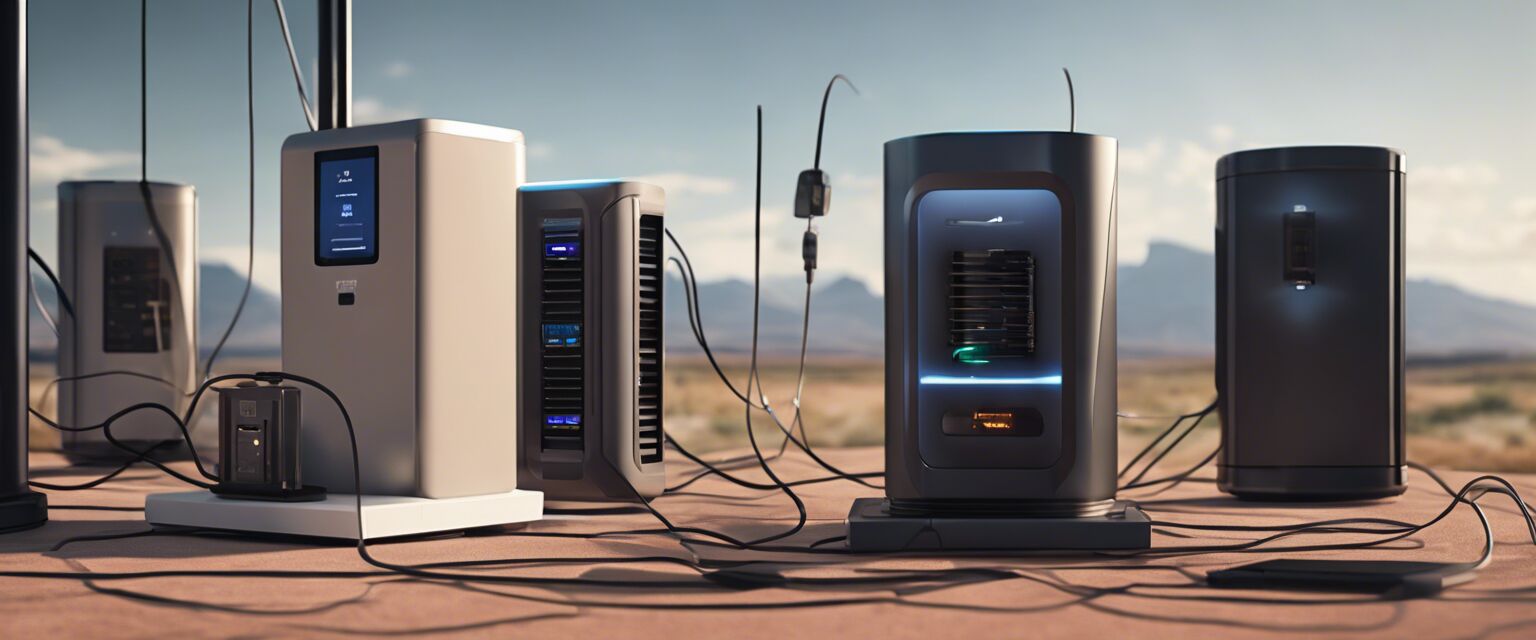
Pros
- Increased convenience with wireless and portable options.
- Reduced clutter with streamlined charging solutions.
- Fast charging options save time for consumers.
Cons
- Potential compatibility issues with some devices.
- Higher initial costs for advanced charging technologies.
- Charging speeds may vary based on numerous factors.
In conclusion, as we move further into an interconnected world, the landscape of charging technologies will continue to change. Consumers' needs and technological advancements will drive these changes, creating an exciting future for charging solutions.
For more insights on specific types of charging solutions, check out our detailed articles on charging cables, charging stations, or explore portable chargers among others.

